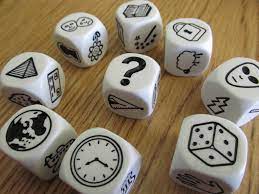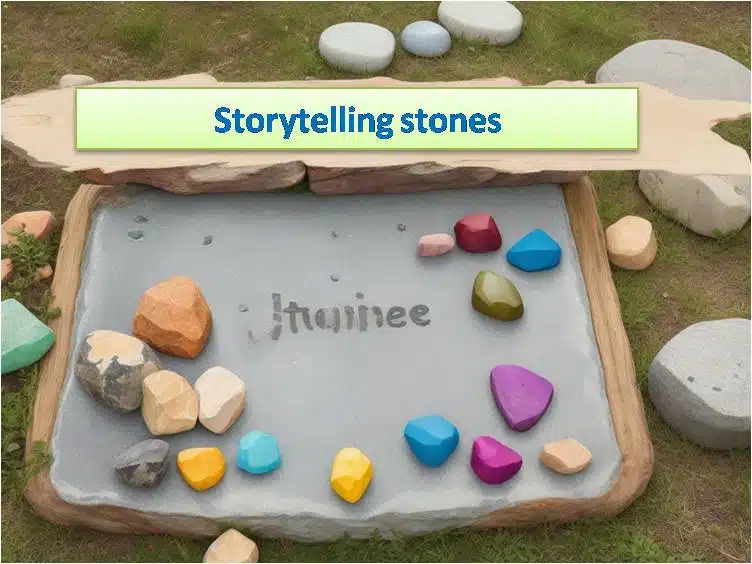Story Telling Activity for Students: Storytelling is an engaging and enriching activity for students of all ages. This activity can fosters creativity, communication, and critical thinking skills, while also promoting social and emotional development.
How to conduct a story telling activity for students
Conducting a story-telling activity for students can be a fun and engaging way to develop their creativity, communication, and critical thinking skills. following steps are involved how to conduct a story-telling activity for students.
Preparation
Choose your theme or prompt:
- To engage students, you can choose a theme or prompt based on their age, interests, or current curriculum. Some examples include fairy tales, historical events, scientific discoveries, or personal experiences.
- You can also provide students with a list of prompts or objects to inspire their stories. ‘Story Telling Activity for Students’
Gather materials:
Depending on the activity, you may need some or all of the following:
- Paper
- Pencils or crayons
- Markers
- Construction paper
- Scissors
- Glue
- Props (optional)
- Costumes (optional)
Set the stage:
- Create a welcoming and comfortable environment for students to share their stories. You can do this by dimming the lights, playing soft music, or arranging the chairs in a circle. ‘Story Telling Activity for Students’
Activity
Introduce the activity:
- Briefly explain the theme or prompt and the goals of the activity.
- Provide clear instructions and expectations for how students should participate.
Brainstorming:
You can use various brainstorming techniques to help students generate ideas for their stories. Some examples include:
- Individual brainstorming: Allow students to think about their stories independently for a set amount of time.
- Group brainstorming: Divide students into small groups and have them discuss their ideas together.
- Word association: Write a word or phrase related to the theme on the board and have students call out words that come to mind.
- Mind mapping: Create a mind map with students, starting with the theme in the center and branching out with related ideas.
- Once students have developed their ideas, they can start writing or planning their stories. ‘Story Telling Activity for Students’
- You can provide students with story planning templates or graphic organizers to help them organize their thoughts.
- You can also encourage students to incorporate different elements of storytelling into their narratives, such as:
- Plot: The sequence of events in the story.
- Characters: The people, animals, or objects in the story.
- Setting: The time and place where the story takes place.
- Conflict: The problem or challenge that the characters face.
- Resolution: How the problem is solved.
Sharing:
Depending on the age and comfort level of your students, you can have them share their stories in different ways, such as:
- Reading aloud: Students can read their stories aloud to the class.
- Acting out their stories: Students can act out their stories using props and costumes.
- Creating illustrations: Students can create illustrations to accompany their stories. ‘Story Telling Activity for Students’
- Recording their stories: Students can record themselves reading their stories and share them with the class or others.
Wrap-up
Discussion:
- After students have shared their stories, lead a discussion about the stories. This is a great opportunity to talk about the different elements of storytelling, the themes that emerged, and the students’ creativity.
Feedback:
- Provide constructive feedback to students on their stories. This feedback should be focused on helping them improve their storytelling skills rather than judging their ideas. ‘Story Telling Activity for Students’
Reflection:
- Encourage students to reflect on their experience with the activity. What did they enjoy most? What did they find challenging? What did they learn about themselves and their storytelling skills?
Additional tips
- Make the activity as interactive and engaging as possible.
- Allow students to be creative and express themselves freely.
- Provide positive reinforcement and encouragement.
- Celebrate the students’ achievements.
- Have fun!
Another way to consider story telling activity for students
Before the activity
- Choose an appropriate theme or topic: This could be anything from a specific genre or historical period to a character trait or moral lesson. For younger students, you may want to provide some prompts or story starters.
- Gather materials: You may need props, costumes, or visual aids to enhance the storytelling experience. You can also use technology like recording devices or online tools to create digital stories.
- Prepare the space: Create a comfortable and inviting environment for students to share their stories. This could be a cozy corner of the classroom, a designated storytelling area, or even outdoors.
During the activity
- Set the stage: Briefly introduce the theme or topic and explain the activity rules. You can also share a short story yourself to set the tone and inspire students.
- Provide prompts or instructions: Depending on the age and level of your students, you may need to offer some guidance. This could be in the form of story starters, character prompts, or plot outlines.
- Let students tell their stories: Encourage students to use their imagination and creativity. They can tell their stories orally, write them down, or even act them out.
- Provide positive feedback: As students share their stories, offer encouragement and positive reinforcement. This will help them feel confident and motivated to continue writing and storytelling.
- Extend the activity: There are many ways to extend the storytelling activity. Students can illustrate their stories, create story maps, or even perform their stories for another class.
Storytelling activities you can try with your students
Storytelling dice: Create a set of dice with pictures or words that can be used as prompts for students to create stories.

Storytelling stones: Paint pictures or words on smooth stones and use them as prompts for students to create stories.

Chain story: Students take turns adding a sentence or paragraph to a story, building on each other’s ideas.

Collaborative storytelling: Divide students into small groups and have them work together to create a story.
Mystery bag: Fill a bag with objects and have students create a story based on the items they draw.

Additional tips for conducting a successful storytelling activity
- Keep it fun and engaging: The most important thing is to create a positive and supportive environment where students feel comfortable sharing their creativity.
- Be flexible: Adapt the activity to meet the needs and interests of your students.
- Make it relevant: Connect the storytelling activity to other learning objectives or themes.
- Celebrate success: Recognize and celebrate students’ creativity and storytelling skills.
By following all these tips, you can create a storytelling activity that is both enjoyable and educational for your students.









